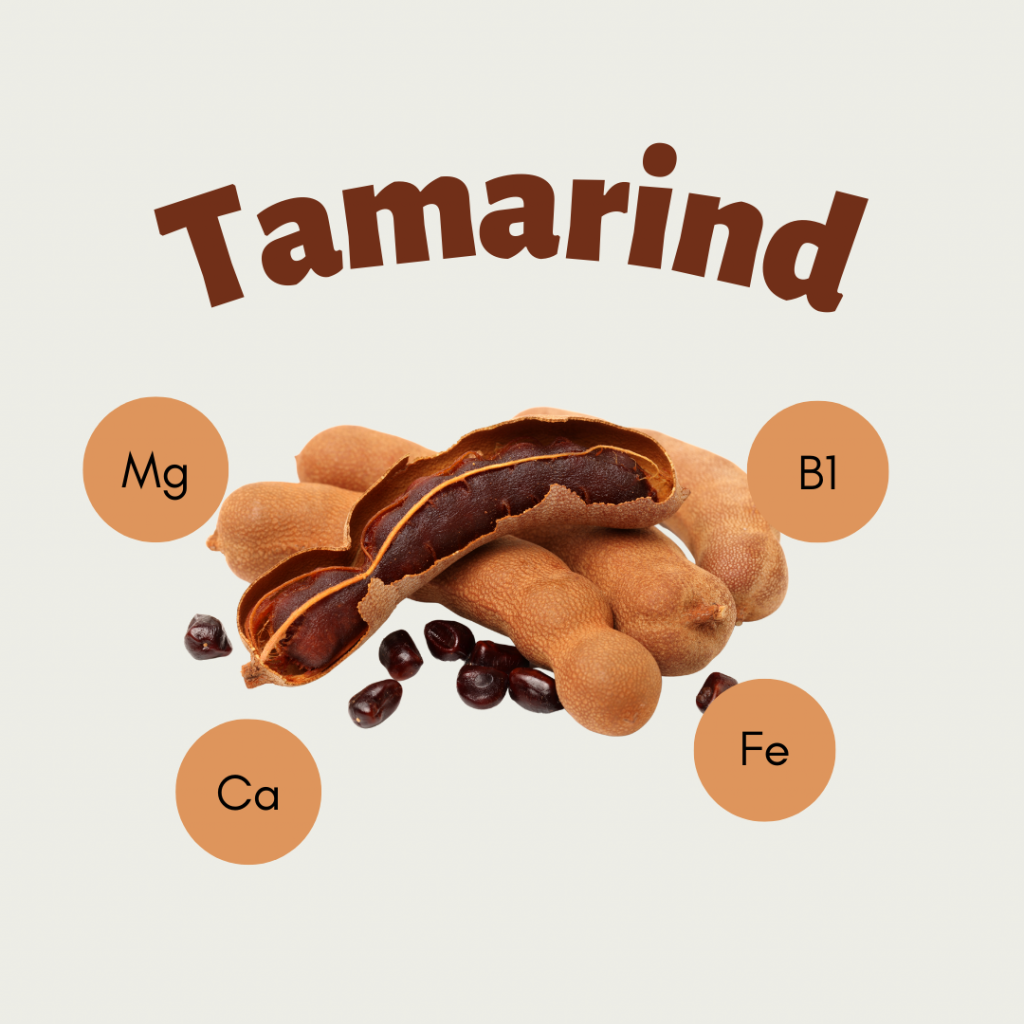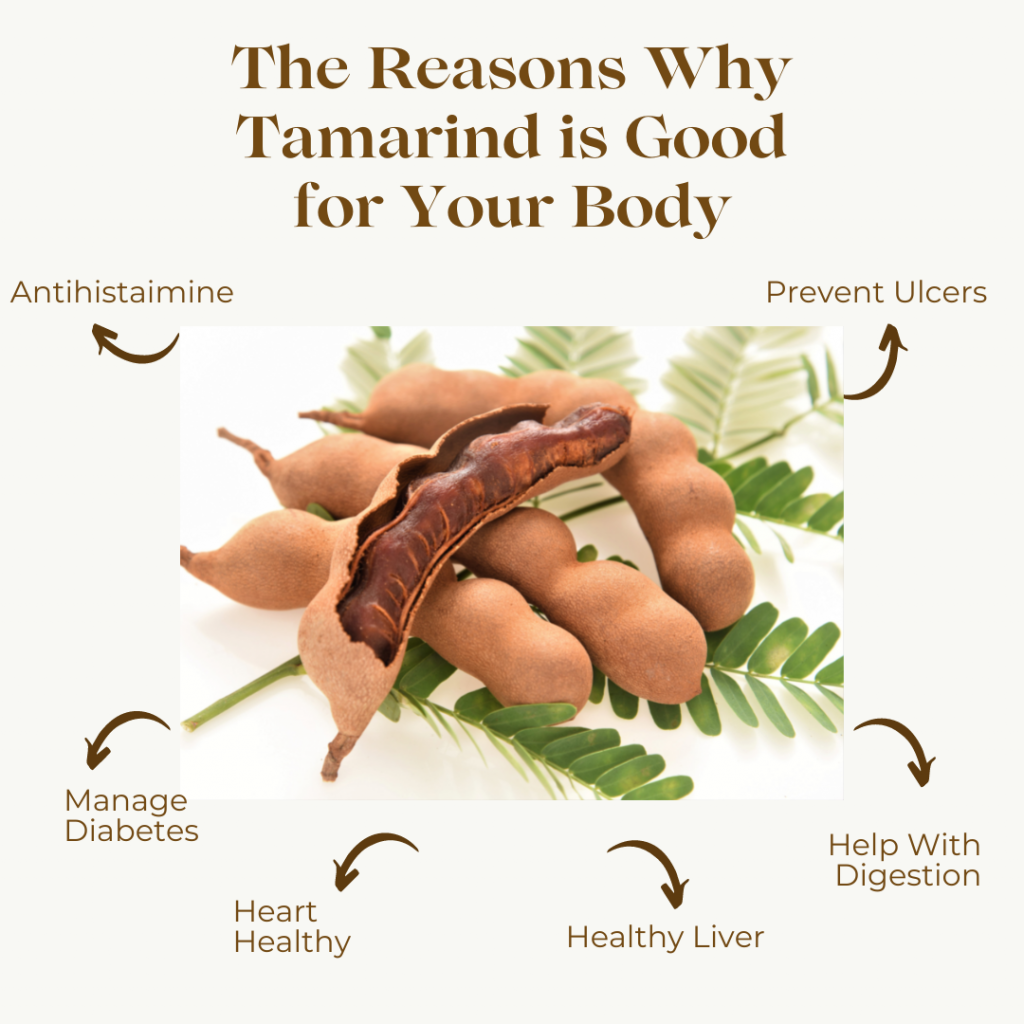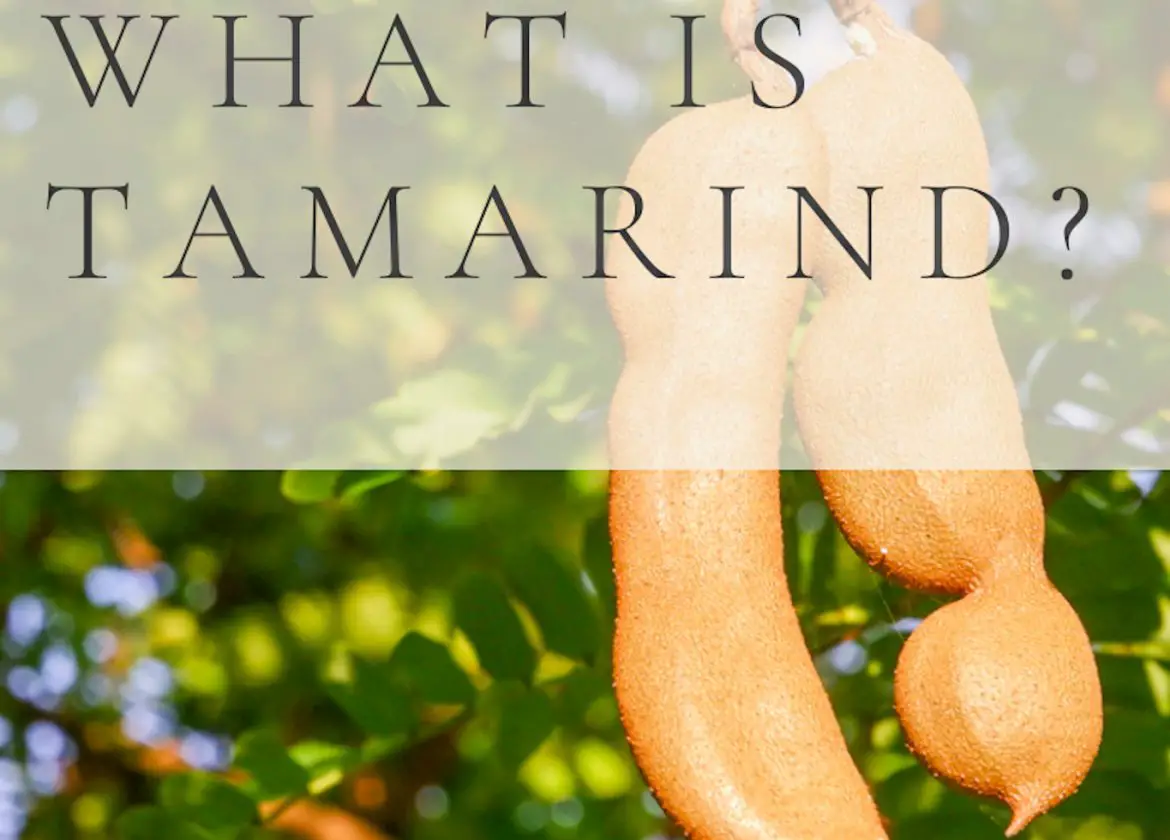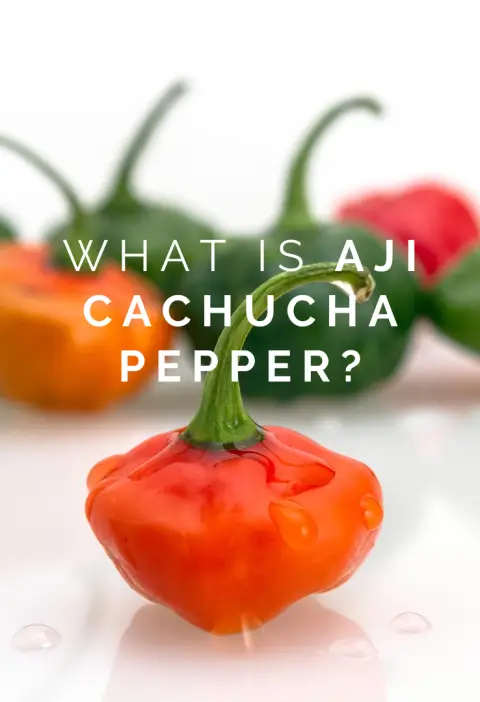The tamarind is a popular hardwood tree that has tasty fruit that can be found in tropical regions throughout the world. The scientific name is Tamarindus indica. Tamarind has a rich history dating back centuries. It was traded by ancient civilizations such as the Egyptians and Greeks, and its seeds were used as currency in some regions.
In North America, the fruit is most commonly found in Mexico, Guatemala, and Cuba. It is an excellent source of vitamins and minerals that the body needs to stay healthy and also tastes good too. There are a number of health benefits associated with the regular consumption of tamarind fruit.
The Taste Experience of Tamarind: Sweet and Sour Delight
Every day, countless kids across the country head to the local convenience store to pick up their favorite sweet and sour candies. There is just something amazing about eating a candy that first tastes very sweet but then hits you with a sour taste that makes your mouth water. But the only problem with most candies sold at the convenience store is their high sugar content. If you love the taste of sweet-and-sour candies but would prefer to not have all of that sugar, then the tamarind fruit is a perfect choice. Tamarind is like natures Sour Patch Kids.

The tamarind fruit tastes sweet when you first bite into it. This is because the fruit is higher in sugar and has a high number of calories. In fact, 94% of the calories in tamarind are from carbohydrates. So, when you first bite into the fruit, your mouth starts watering from the sweet taste. However, the fruit also has a high content of citric, tartaric, and malic acids. As result, a few seconds after biting into the sweet-tasting fruit, the flavor transforms from sweet to sour.
The Nutritional Value of Tamarind: Is It Good for You?
Tamarind is a very popular fruit that can be found around the world. Not only is it sweet and tangy, but it is a rich source of essential nutrients that the body needs to stay healthy. Tamarind is high in magnesium which is excellent for strong bones. Paired with a higher count in calcium compared to most plants means it is good for the prevention of osteoporosis.

The fruit also has a number of essential phytochemicals as well as antioxidants. For a full list of vitamins and minerals look here. Not only is eating tamarind on a regular basis, a great way to lower blood pressure, but it is also excellent for managing the body’s glucose levels. More importantly, the fruit is known to relieve a number of different digestive disorders, while simultaneously helping to keep the body’s bones strong.
Over the centuries, tamarind has been used as an integral part of traditional medicine. Practitioners from all over the globe have used the fruit, body, root, pulp, as well as leaves because of their high nutritional value, and medicinal purposes. Not only is tamarind a delectable treat, but it is also very good for you.
Unlocking the Health Benefits of Tamarind: A Comprehensive Guide
Because of how good for you tamarind is, there are a number of excellent health benefits associated with its regular consumption. Not only can the sweet and sour fruit help to keep your liver and heart strong, but it is also good for preventing peptic ulcers, maintaining weight loss, and even assists with digestion.

Helps in Weight Loss
Perhaps one of the most important aspects of the tamarind fruit, is that it is extremely rich in fiber, and has absolutely no fat content. There have been many studies done over the years that have shown that eating tamarind on a regular basis can help to not only reduce weight but also inhibit your appetite. The biggest contributor to weight loss that can be found within the fruit, are flavonoids and polyphenols. Likewise, the fruit also features a high content of hydroxy citric acid which is well-known to reduce one’s appetite.
Prevents Peptic Ulcers

For those who have suffered from peptic ulcers, the pain can be unbearable. The ulcer is in all simplicity an open sore that appears along the lining of the stomach as well as small intestines. These sores can be easily irritated by the corrosive chemicals found within the digestive system. However, thanks to the powerful polyphenolic compounds that are in the tamarind fruit, they can be consumed as a way of preventing these ulcers from forming.
Effective for Managing Diabetes
A large percentage of the population around the world has to deal with diabetes on a regular basis. Not only are the seeds that are found in the tamarind fruit known for their anti-inflammatory capabilities, but, they are also commonly used to help maintain blood sugar levels, as well as reverse potential damage to the pancreas. The main component of the tamarind that is responsible for maintaining blood sugar levels, is alpha-amylase.
Helps with Digestion
Long before the days of modern medicine, when people had issues with digestion, herbalist and traditional practitioners would often prescribe the consumption of tamarind fruit. Tamarind is a natural laxative that helps to relax the muscles in the abdomen and improve digestion. The fruit itself has a high content of tartaric acid, potassium, as well as malic acid. As a result, the consumption of the fruit can help relieve symptoms of constipation.

But the tamarind tree also has another part that helps with the body’s digestive system. The leaves of the tamarind plant are a popular traditional treatment for diarrhea. The roots and bark of the plant can also be consumed in order to alleviate just about any form of abdominal pain.
Aids A Healthy Heart
Without a question, one of the greatest benefits of consuming tamarind fruit is its high content of flavonoids. The large quantities of flavonoids that can be found within the fruit are known for lowering LDL levels and raising HDL levels. In order to maintain a healthy heart, is important to reduce the levels of LDL, or bad cholesterol within the body. Likewise, it is equally important to increase the amount of HDL or good cholesterol levels within the body. By reducing LDL, and increasing HDL levels, the body is able to reduce the buildup of a particular form of fat that is known for clogging up the arteries. Not only can the tamarind fruit help to prevent the buildup of triglycerides, but the higher potassium levels will help to maintain blood pressure levels.
Takes Care of Your Liver
Many people around the world consume a diet that is higher in calories than the body needs. When one consumes a high-fat diet, one can develop a fatty liver. The regular consumption of tamarind fruit has been shown in a variety of studies, to reverse the development of a fatty liver. Not only can tamarind be consumed in fruit form, but extracts of the fruit can be infused into a wide variety of tasty treats.
Great for Allergies
In recent years, the number of people suffering from allergies has continued to increase dramatically. As cities get larger, children who grow up within a large metropolitan region, are far more likely of developing asthma and allergic reactions to the environment. One good way of combating these allergies is through the regular consumption of tamarind fruit. Not only is it an excellent source of vitamin C, which is already known to help boost the immune system, but the fruit is also known for its antihistaminic properties.
Where to Find and Buy Tamarind: Tips for Purchasing
Believe it or not, tamarind fruit can be purchased just about anywhere in the country. Chances are, that you have walked right past it in a grocery store or supermarket. However, it is important to remember that the tamarind that is sold on the shelves of most major grocery stores and department store chains around the nation, is not exactly fresh.

If you are looking for fresh tamarind fruit, leaves, as well as other parts of the plant, then the only place to find them is at traditional Cuban and Mexican supply stores. The reason for this is that the plant does not grow in colder climates. In fact, while they are one of the most diversely available plants in the world, tamarind can only be found in the hot humid climate of the tropics.
Tamarind in Cuba
When it comes to diversity, no plant in the world is more widely distributed than tamarind. Not only is it grown around the world, but it is used for food, medicine, as well as an ornamental plant. Today, the tamarind plant can be found in places like France, Portugal, India, Italy, the Virgin Islands, Antilles, the Philippines, Malaysia, Cambodia, Laos, Thailand, Vietnam, and of course throughout the Caribbean.
The plant itself originates from Africa and was known to grow throughout Sudan. Back in the 4th century, the Egyptians and Greeks began trading the plants, fruit, and seeds with travelers from around the globe. It is not known exactly when the tamarind plant made its way to the Caribbean, but today it is grown throughout Cuba, Bermuda, and the Bahamas. In southern Florida, the tamarind is even grown along roadsides as a shade tree.

The fruit is a popular part of Cuban cuisine. Not only is the raw fruit processed into a candy that is sold by street vendors throughout Cuba, but it also makes an excellent beverage. It is one of the most affordable candies in Cuba, and it’s not uncommon for schoolchildren with some extra pesos to purchase the candy from sidewalk vendors after class. It is a sweet, yet sour-tasting fruit that could easily compete with similar candies sold in convenience stores throughout the country.

Explore the Essence of Cuban Cuisine with Noelle – a devoted culinary enthusiast enamored by Cuban flavors for over 30 years. Guided by her husband’s mami and abuela, she refined her skills using the ‘by eye’ technique, converting cherished recipes into precise culinary treasures. Continuously enriching her expertise, Noelle actively engages in cooking classes, infusing her platform with measured recipes and an authentic taste of Cuban food, inviting the world to savor the essence of this vibrant cuisine.







